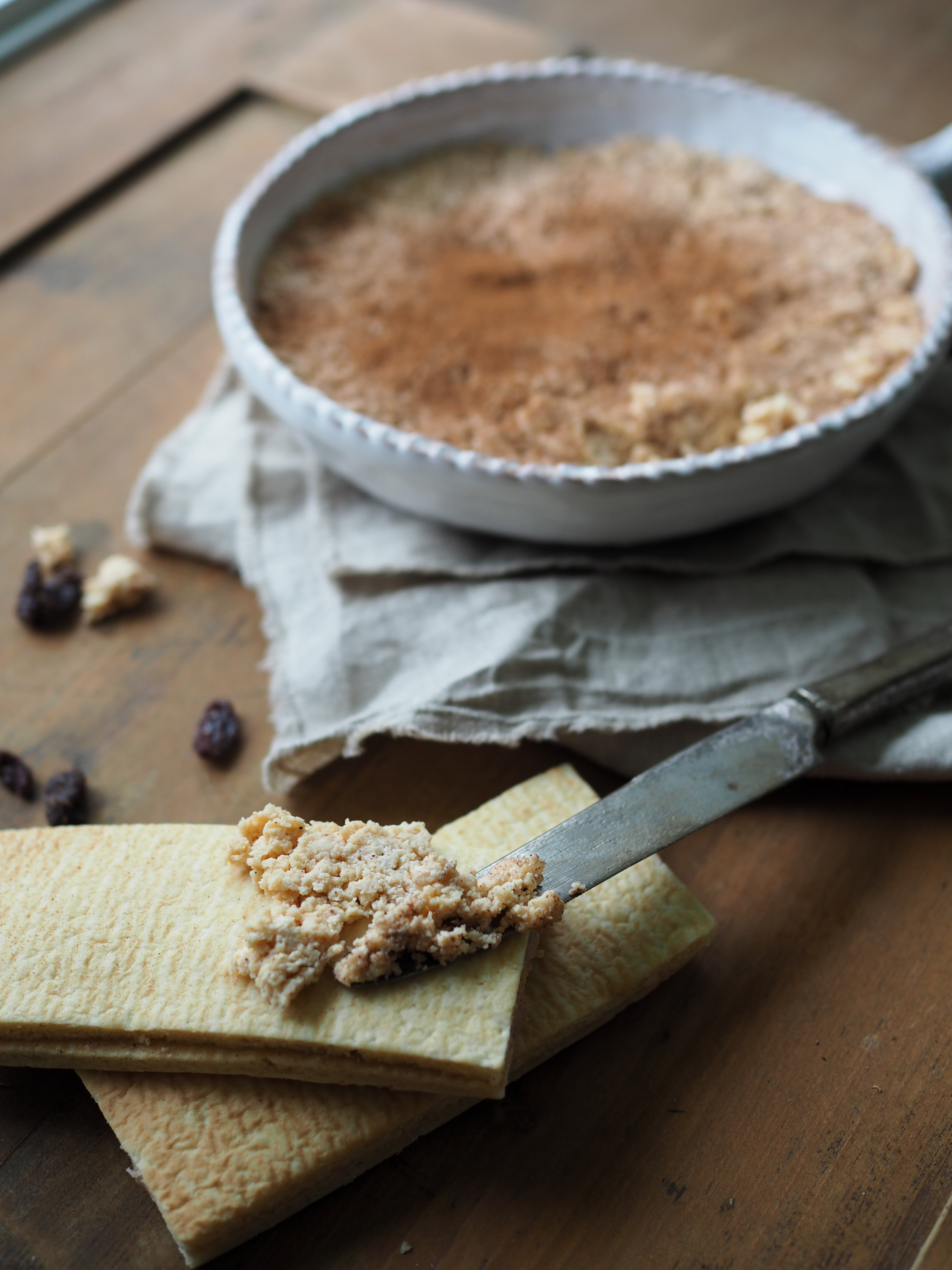

“Lefse uten gomme er som grøt uten salt”.
(Lefse wthout gomme is like porridge without salt)
Gomme goes by many names, including gumme, gubbost, and dravle. It’s created by cooking down fresh milk – curds and whey and all – to achieve a soft and spreadable sweet cheese. It’s been around for centuries, perhaps one of the older desserts known, and has had a central place among Norwegian milk dishes. Life on a self-sustainable farm meant a limited supply of cow’s milk during certain parts of the year. Therefore, since gomme was made of fresh milk, it is reasonable to assume it was a highly treasured dish that was reserved for special occasions and high holidays.
It is suggested that the name gomme could derive from the dish being presented as a maternity gift (“gumma” meaning “kone” or wife, in English). However, the dish was not limited to such an occasion and it has been noted to be presented at baptisms, weddings and funerals. Today, it is also commonly served during Jul (Christmas).
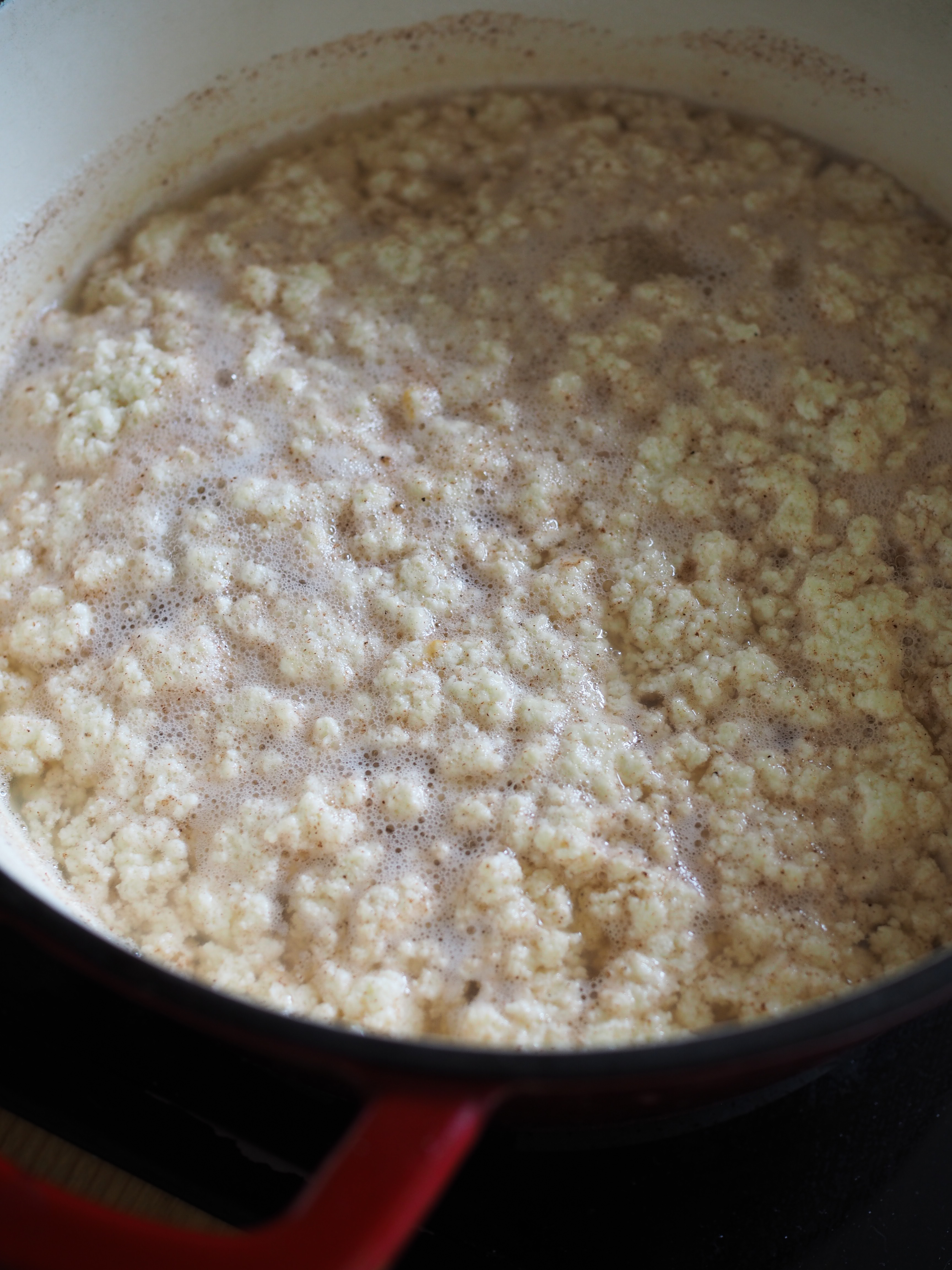
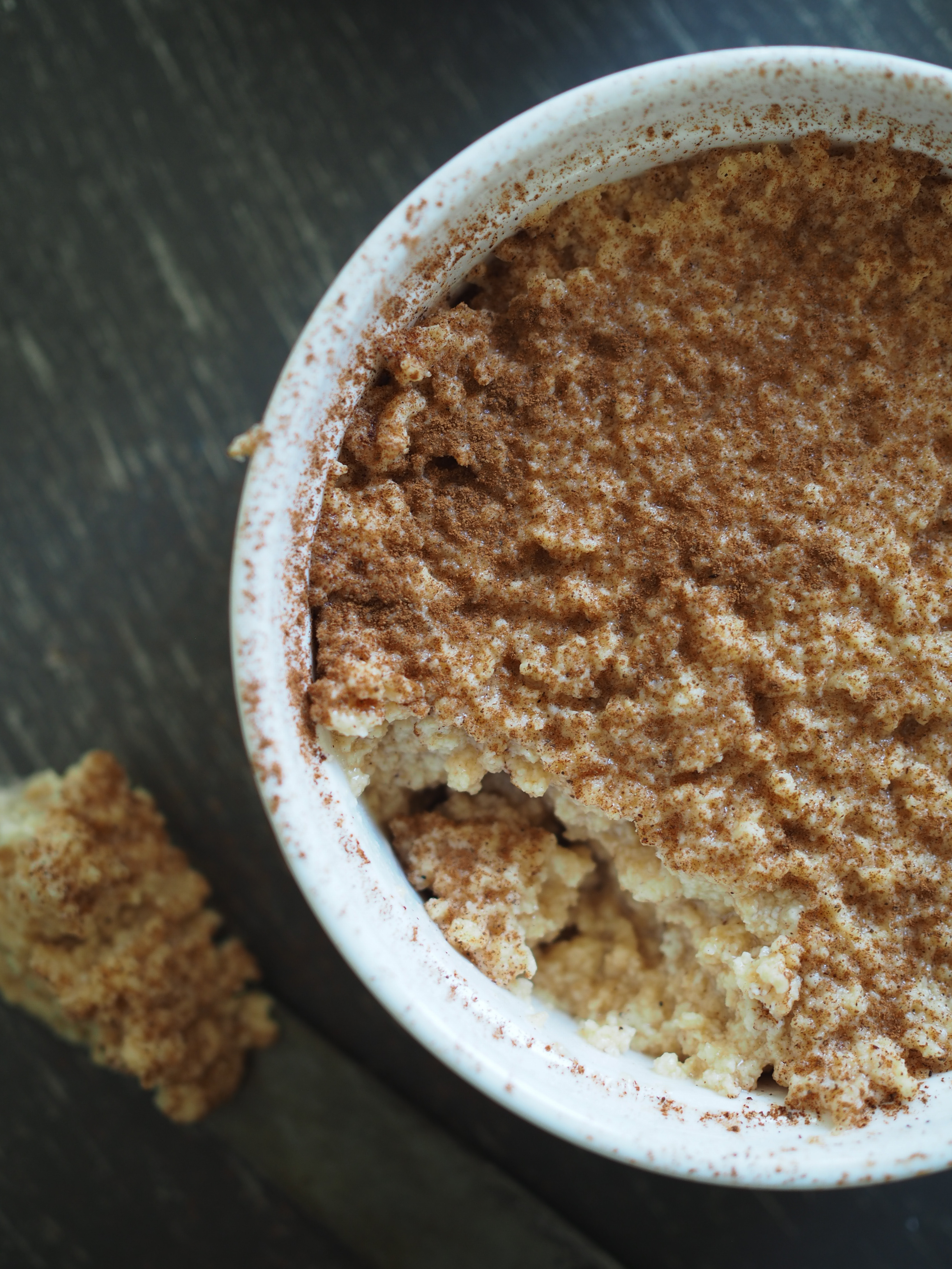 The tradition of making gomme is strong across the whole country, especially in northern Norway, Trøndelag, and the southern and western areas. Recipes vary and the “correct” way of making it will be different depending upon who you ask.
The tradition of making gomme is strong across the whole country, especially in northern Norway, Trøndelag, and the southern and western areas. Recipes vary and the “correct” way of making it will be different depending upon who you ask.
The simplest form of gomme is to separate the curds from the whey and then combine only the curds with other ingredients, such as eggs and cream and sugar, and cook until the desired taste and consistency. This type of gomme is referred to as hvitgomme, snargomme, or hurtiggomme. The leftover whey can then be boiled down to make prim or brown cheese.
The recipe I have provided here, like many, includes the whey in the process providing a sweet, carmelized taste as it cooks down. The more carmelization, the darker the gomme will be. The addition of sugar, eggs, flour, cinnamon, cardamom, and/or raisins varies from recipe to recipe, farm to farm, and area to area.
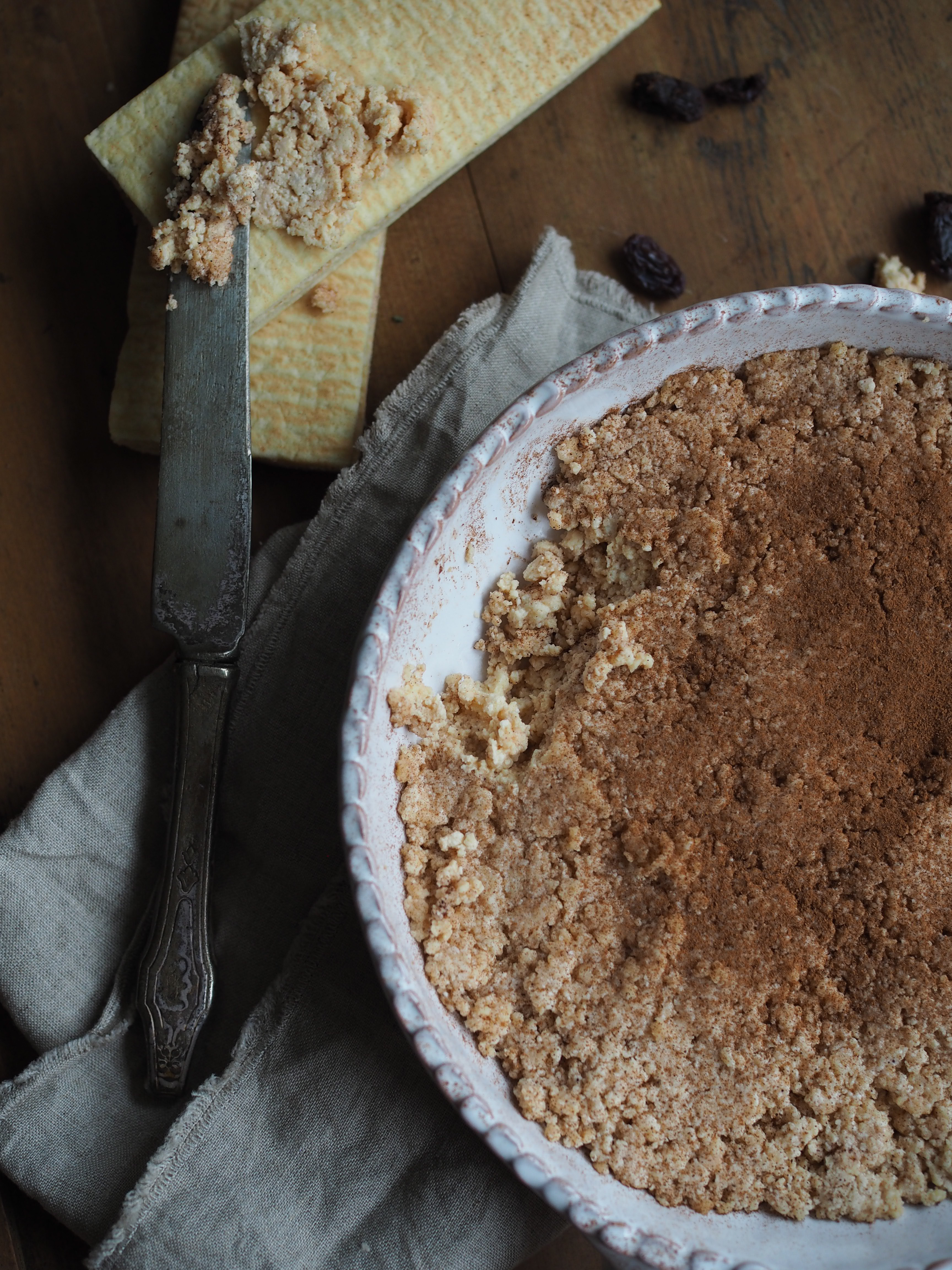
 Gomme is a delightful dish, versatile to use on your favorite “bread” or even eaten alone. If time is an issue, by all means you can make a simpler version by removing the curds from the whey as soon as they separate and then cooking the curds with some whole cream, sugar, eggs, and spices (or any combination thereof) until you reach your desired consistency and taste (around 15-30 minutes). If you have a lot of time on your hands, you can also slow cook the curds and whey mixture for up to 8 hours over low heat.
Gomme is a delightful dish, versatile to use on your favorite “bread” or even eaten alone. If time is an issue, by all means you can make a simpler version by removing the curds from the whey as soon as they separate and then cooking the curds with some whole cream, sugar, eggs, and spices (or any combination thereof) until you reach your desired consistency and taste (around 15-30 minutes). If you have a lot of time on your hands, you can also slow cook the curds and whey mixture for up to 8 hours over low heat.
Gomme (Norwegian Sweet Cheese)
(Serves 6-8)
- 8 ½ cups (2 litres) whole milk
- 2 cups plus 1½ tablespoons (500 ml) buttermilk
- ¼ cup (50 g) granulated sugar
- ½ teaspoon cinnamon, plus more for serving
- 2 tablespoons all-purpose flour
- 1 egg, beaten
In a large, heavy bottomed pot, bring the whole milk to a boil and stir. Remove from the heat and add in the buttermilk, sugar, and cinnamon, stirring well to combine. The milk will begin to curdle. Put the pot back on the stove over medium heat. Gently simmer uncovered, stirring occasionally, for about 3 hours, or until most of the liquid has evaporated. It should have a light brown color (for a darker color, cook longer). Optional: add in ¼ cup (60 ml) raisins 30 minutes before the end of the cooking time.
After most of the liquid has evaporated, stir in the flour and cook for 3 minutes. Remove from the stove and let cool slightly. Mix in the beaten egg.
Place in a serving bowl and sprinkle a little cinnamon on top. Serve with waffles, lefser, lomper or bread.
Historical sources: Ganens Makt (Notaker) & Norge Leksikon
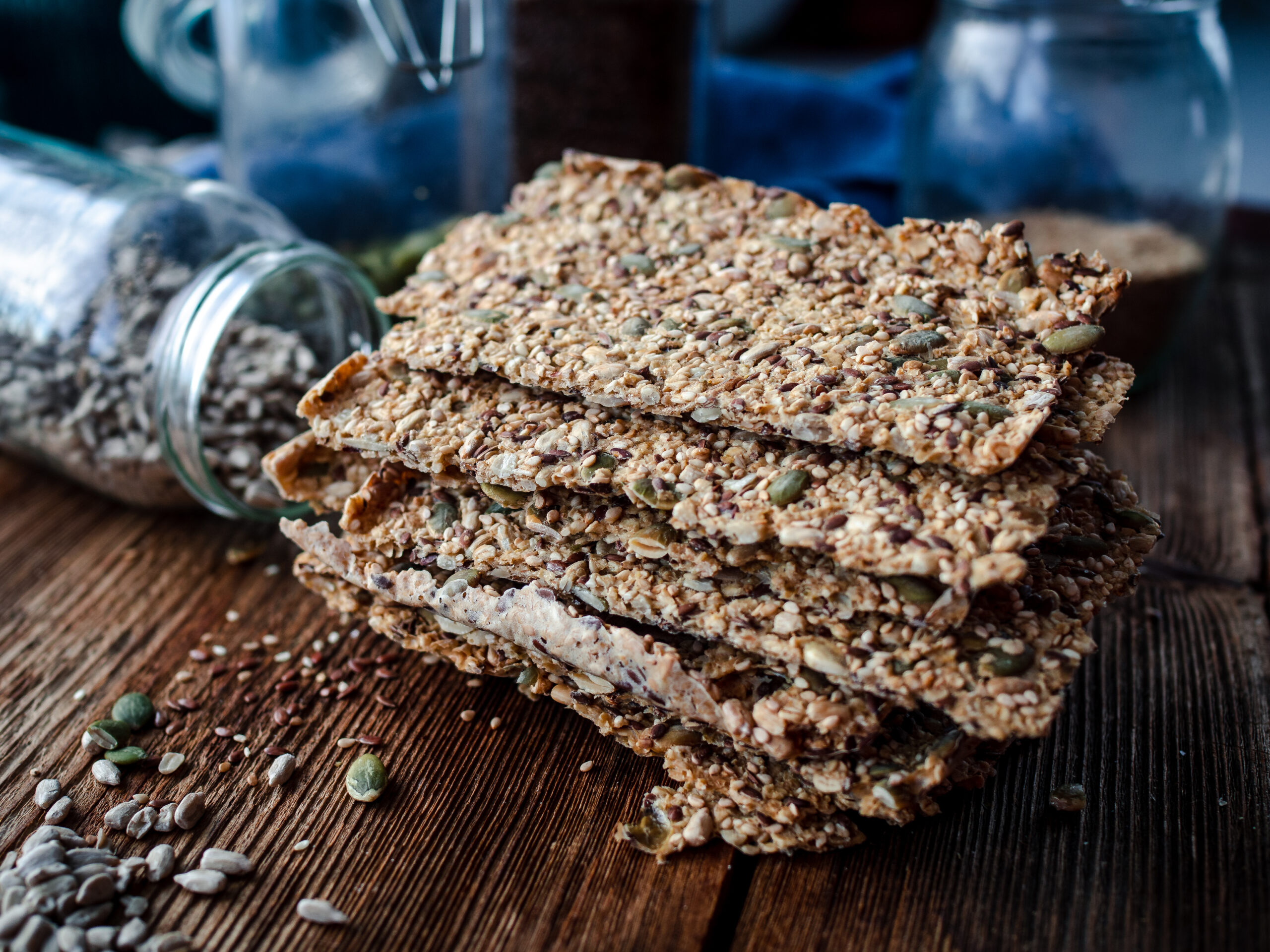
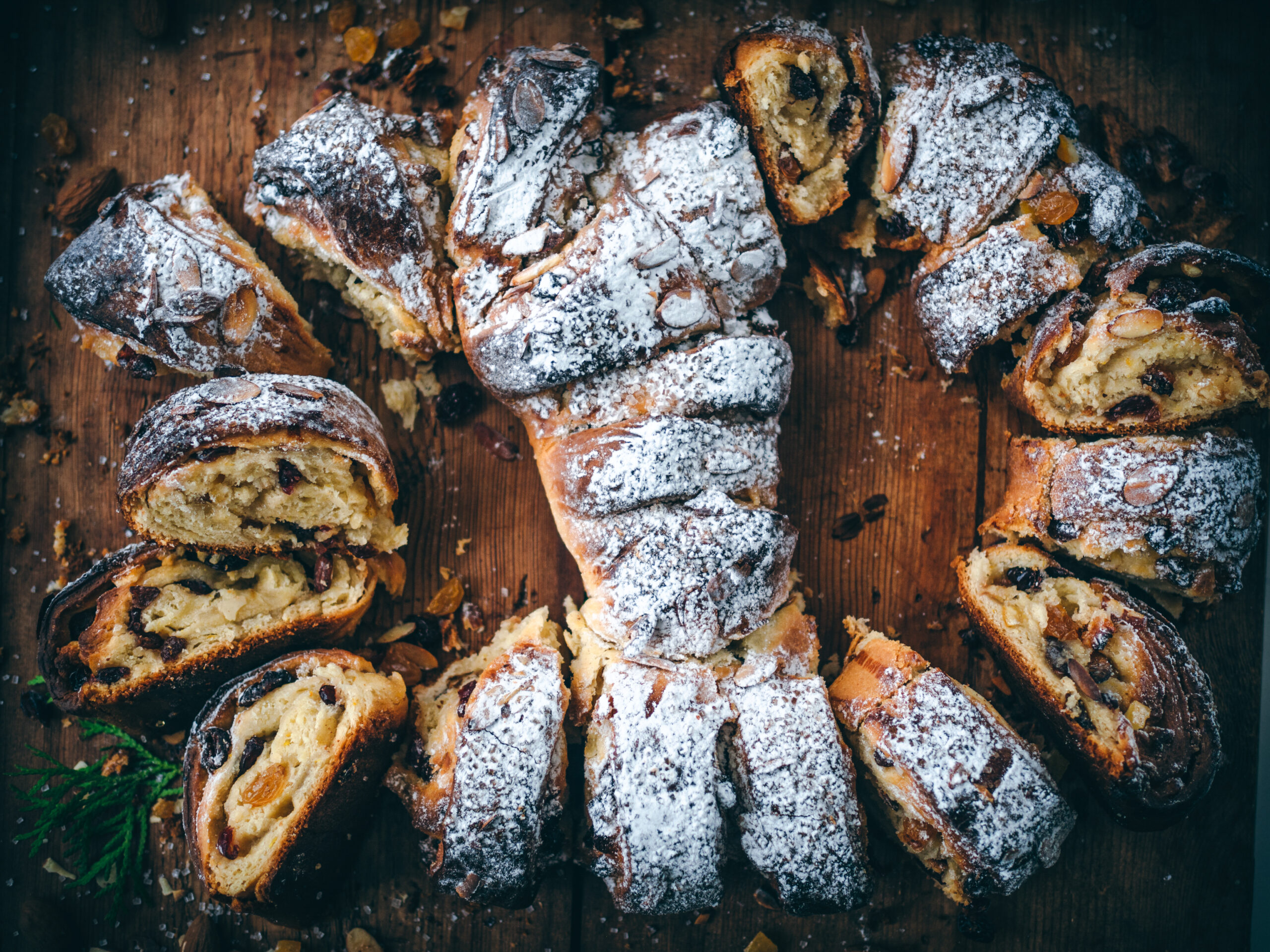
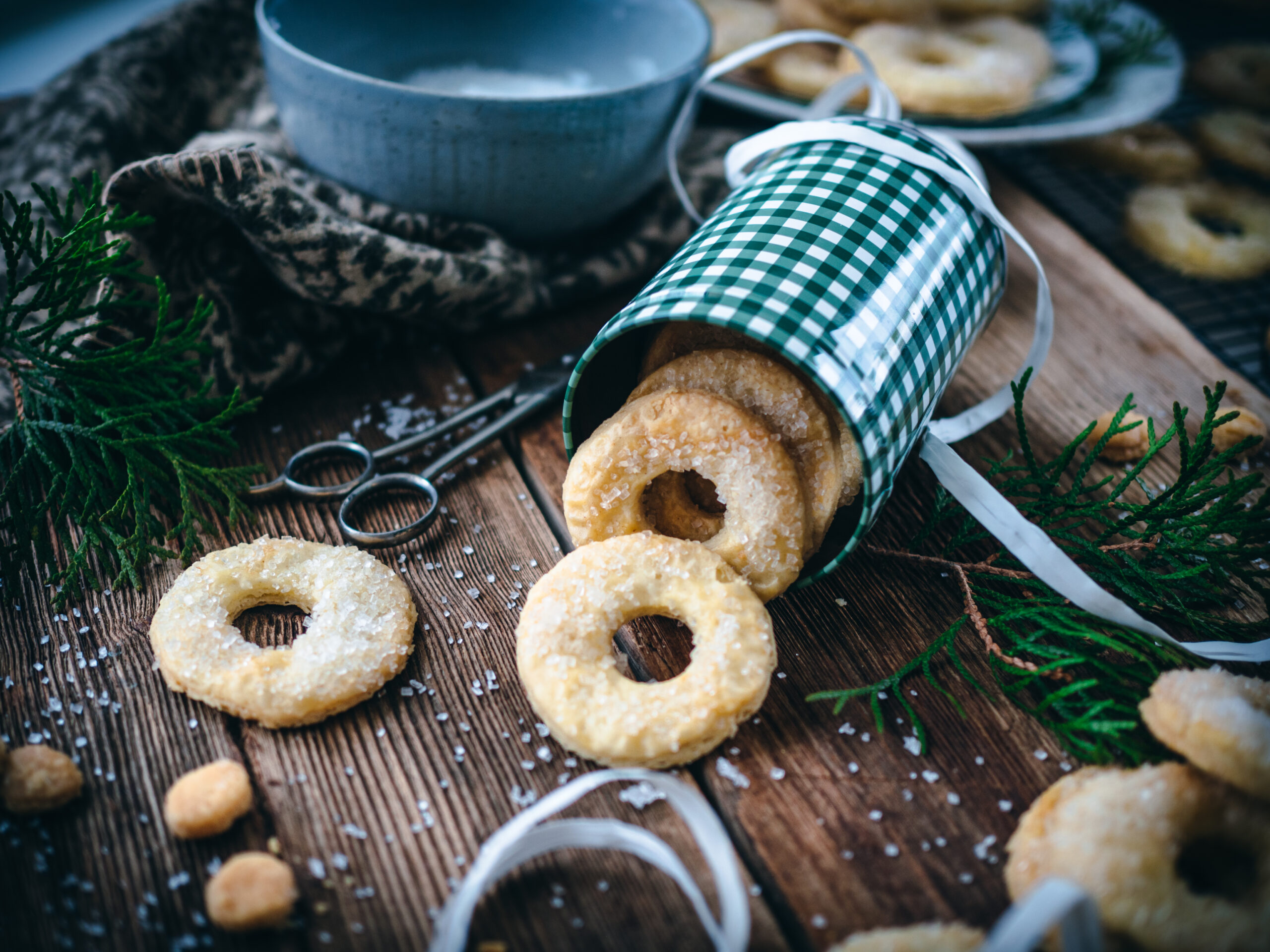
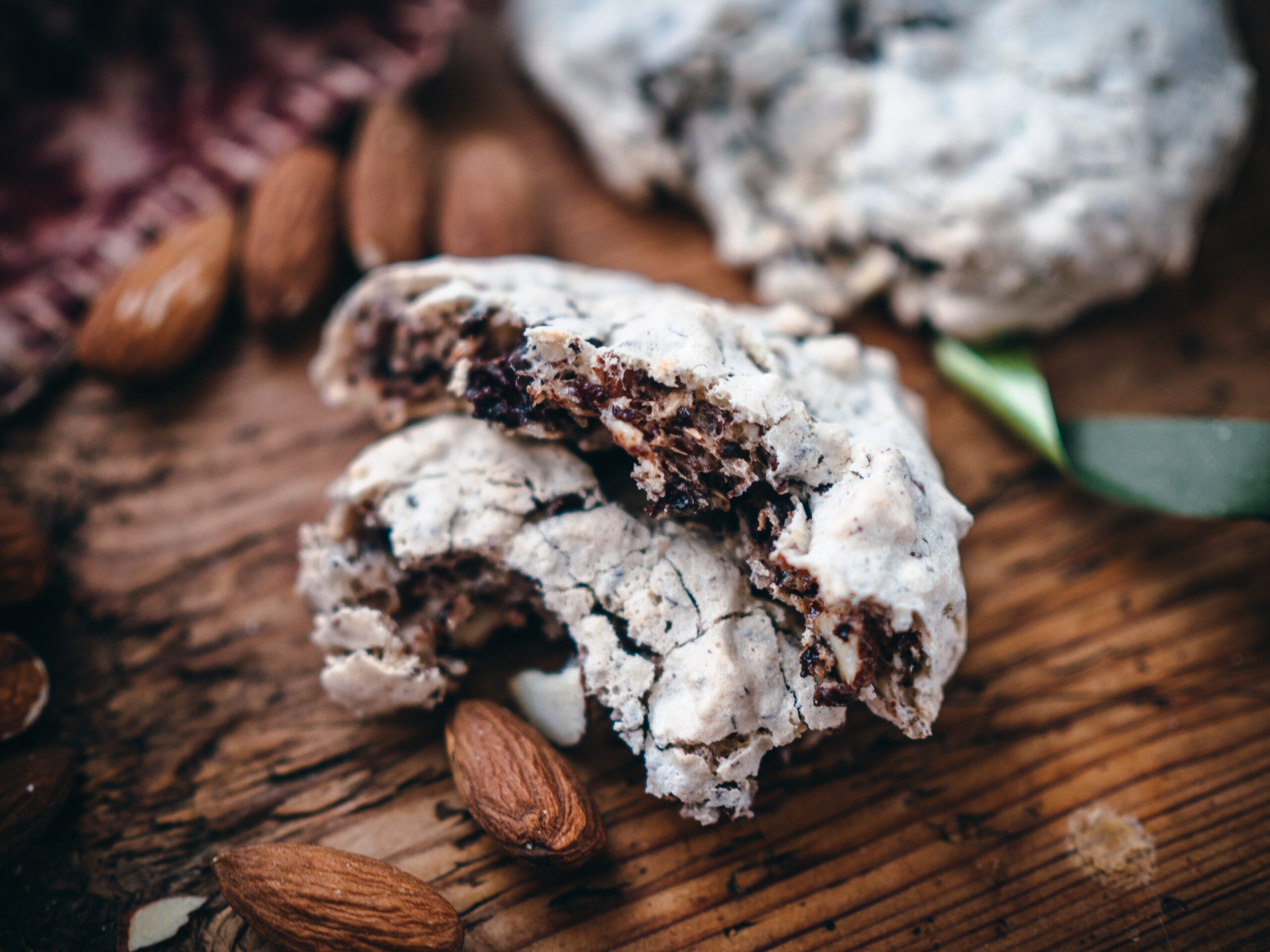

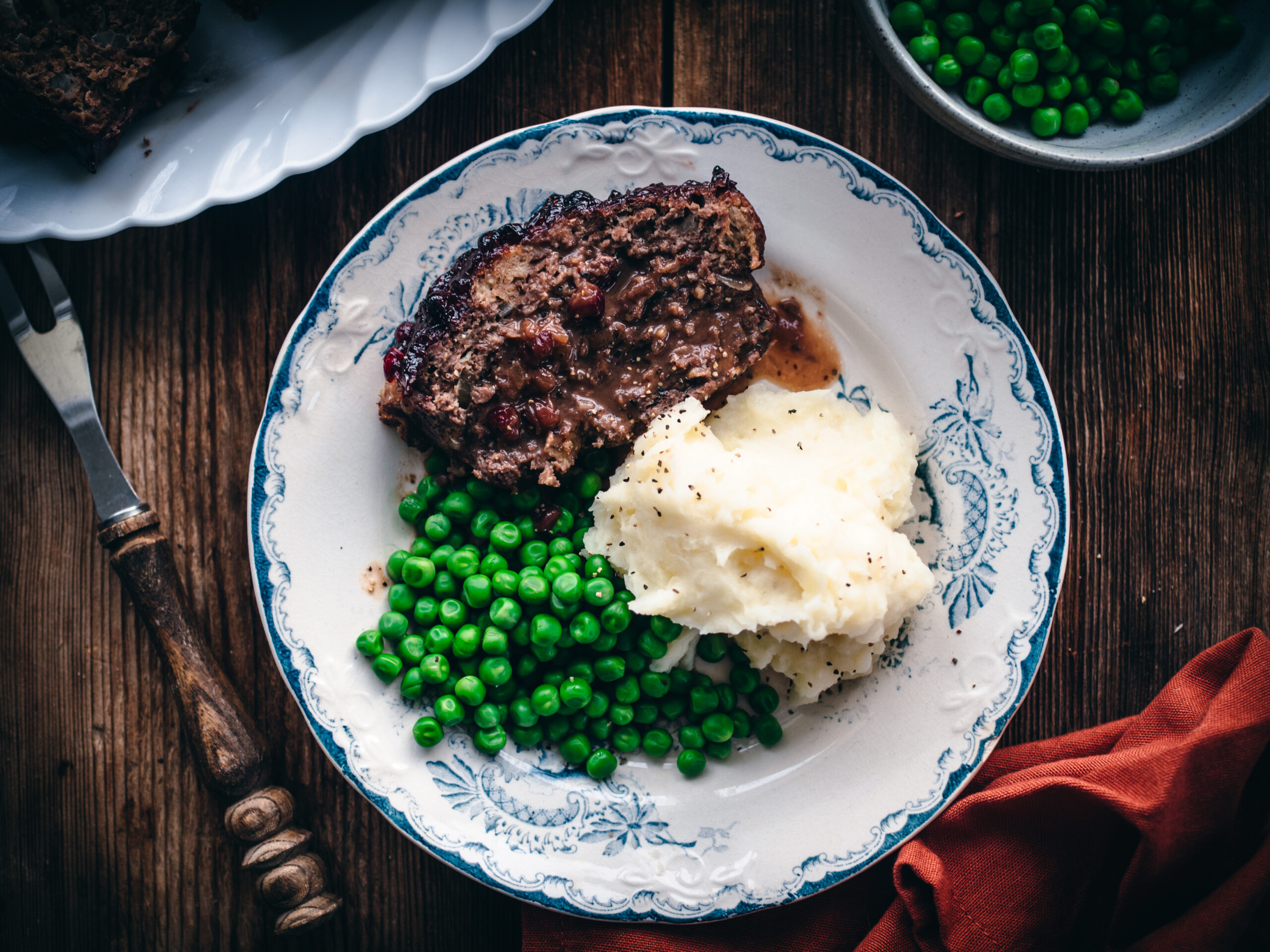
This looks absolutely heavenly!
How are the curds and whey separated? I’ve never done this and not sure when it should be done or what to look for.
When heated, there is a natural separation of the liquid (whey) and solid parts (curds). You’ll see it happen quickly, without having to do anything. Hope this helps!